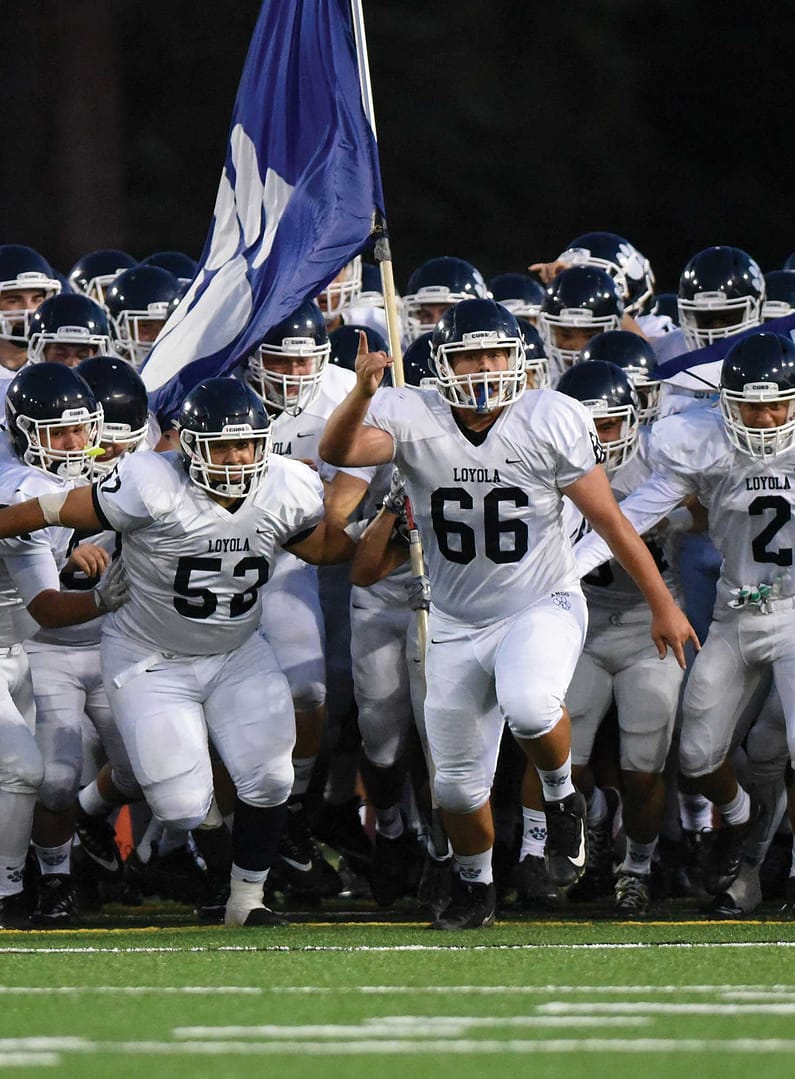Los Angeles surely remembers the Dodgers’ long-awaited victory during this year’s World Series and the rambunctious white and blue celebrations that ensued, but have Angelenos forgotten the troubling news that underscored the winning game that day? During the seventh inning, Major League Baseball officials notified Dodger third baseman Justin Turner that he had tested positive for COVID-19, and subsequently, he was removed from the game. Later, other players on the team tested positive for the virus as well, infections most likely linked to Turner’s participation. In the global pandemic, numerous infections stemming from sports have raised valid concerns about the safety of athletic participation and disease transmission.
Justin Turner’s incident clearly demonstrates California’s need for proper COVID-19 safety measures. Games and practices should return to regularity, but coaches, players and staff must practice proper precautionary measures before coming back to the field, rink or court in order to prevent transmission.
However, authorities must also avoid excessive caution. As of now, California is one of the few states maintaining strict restrictions on youth and high school sports, and although governor Gavin Newsom believes minimizing all athletics will best prevent the spread of the virus, the removal of sports carries a dearth of benefits.
On top of the physical health and social advantages, sports are essential to a variety of audiences. High school athletes looking to be recruited by colleges must play competitively to be scouted, and with the new COVID-19 restrictions, they may lose crucial opportunities and visibility. Coaches, athletic trainers, facilities, and equipment manufacturers all rely on this industry for a steady source of income. At Loyola, practices even promote good time-management skills when combined with usual academic demands. If the school were to prohibit sports, student-athletes could miss out on opportunities to see friends, maintain and improve physical fitness and hone their skills.
Instead of eliminating sports altogether and reducing players’ opportunities, authorities can opt to enforce safety precautions before sporting events. Currently, Loyola has implemented a new contactless testing system, sent out digital surveys and imposed six-foot distancing rules to bring back athletes to a safe, albeit modified, practice environment.
Many students have already expressed their approval of the new system and their eagerness to return to Loyola athletics. “Everyone is socially distant and a machine takes each person’s temperature without any contact,” remarks sophomore Ryan Hyer, a member of the JV football team. “I think Loyola is doing the best of what is available, and it is working very well so far.”
Granted, participation is optional. Students and families concerned about viral transmission should also be given an option to participate only through at-home activities; however, a strict requirement for players to stay quarantined can unfortunately eliminate opportunities for athletes who are willing to incur the risks.
Varsity lacrosse coach Jimmy Borell stated, “I believe every kid and every family deserves to make the choice whether or not they want to assume the risk and play, and unfortunately our governor isn’t allowing people to make that choice.”
California must strike a middle-ground between two extremes. Lackadaisical precautions, such as those exhibited during the World Series, are not suitable, but the heavy restrictions enforced by Governor Gavin Newsom certainly take away valuable benefits. Sports may not return to any regularity this year amid the pandemic crisis, but like the rest of the country, California should at least try to sustain some of the past freedoms of choice athletes.







Comments are closed.